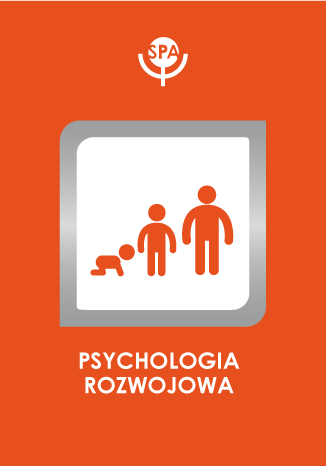Poczucie jakości życia u małych dzieci: Czy i jak można je oceniać?

Maria Oleś
DOI:
Rocznik: 2006 Tom: 12 Numer: 1
Strony: 101-114
The article presents the problems of assessment of quality of life in preschool children. The World Health Organization’s (WHO) approach to quality of life was taken as a base. A new method to measure quality of life in children – the Children’s Quality of Life Questionnaire – is proposed on the base of existing measures, especially the AUQUEI (Autoquestionnaire Enfant Image – child pictured self-report) developed by S. Manificat & A. Dazord (1998). The CQLQ has an item-picture format for subjective assessment of quality of life by children; the method has sufficient reliability and validity. The questionnaire was used to assess quality of life among children (3–7 years old) in a frame of program of early diagnosis of strabismus and low vision. Factor analysis revealed that the quality of life consists of four dimensions: quality of life in family, in the environment, health-related quality of life and security related quality of life. There were some differences between girls and boys in quality of life in particular aspects and factors. According to the results of this research assessment of quality of life in preschool children in an objective, reliable, and attractive manner is possible. The need of early assessment of quality of life is important for practical reasons especially in the field of health promotion, and early treatment. An adequate assessment of quality of life in children implies sufficient theoretical model of this phenomenon.









 Pobierz pełny tekst
Pobierz pełny tekst



